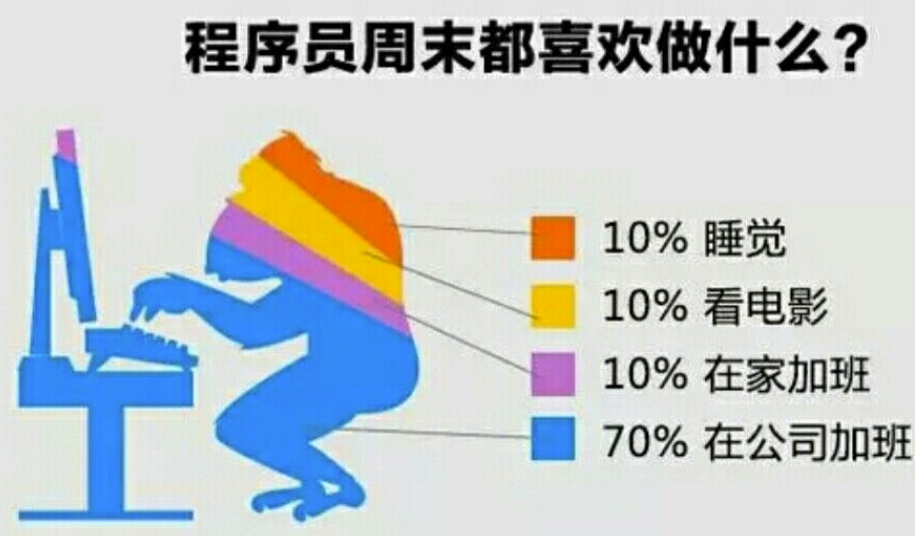DTA (Differential Thermal Analysis) and DSC (Differential Scanning Calorimetry) are thermal analysis techniques that measure the changes in heat flow associated with a material as it is subjected to controlled heating or cooling. Exothermic peaks in DTA and DSC typically indicate energy release by the sample, which can be associated with chemical changes such as:
Combustion: Combustion reactions involve the reaction of a fuel with an oxidant, typically oxygen, to produce heat and other products. The heat released during combustion is detected as an exothermic peak on the DTA or DSC curve.
Oxidation/reduction: Oxidation or reduction reactions involving materials such as metals, polymers or organic compounds may release heat energy when electrons are transferred between species. These processes result in exothermic peaks on the DTA or DSC curve.
Hydration/dehydration: Some materials may absorb water molecules upon heating, releasing them upon cooling. This process results in an exothermic peak on the DTA or DSC curve.
Polymerization: Polymerization reactions involve the formation of long chains of molecules from smaller units through a chemical reaction, usually accompanied by heat generation. This process results in an exothermic peak on the DTA or DSC curve.
Crystallization: When a liquid material crystallizes upon cooling, it releases heat due to loss of entropy and organization of its molecular structure into a regular lattice arrangement. This process results in an exothermic peak on the DTA or DSC curve.
Overall, any chemical change that involves evolution of heat energy by the sample can lead to an exothermic peak on the DTA or DSC curve.


















